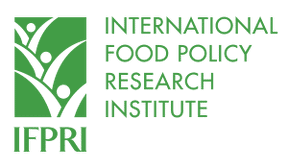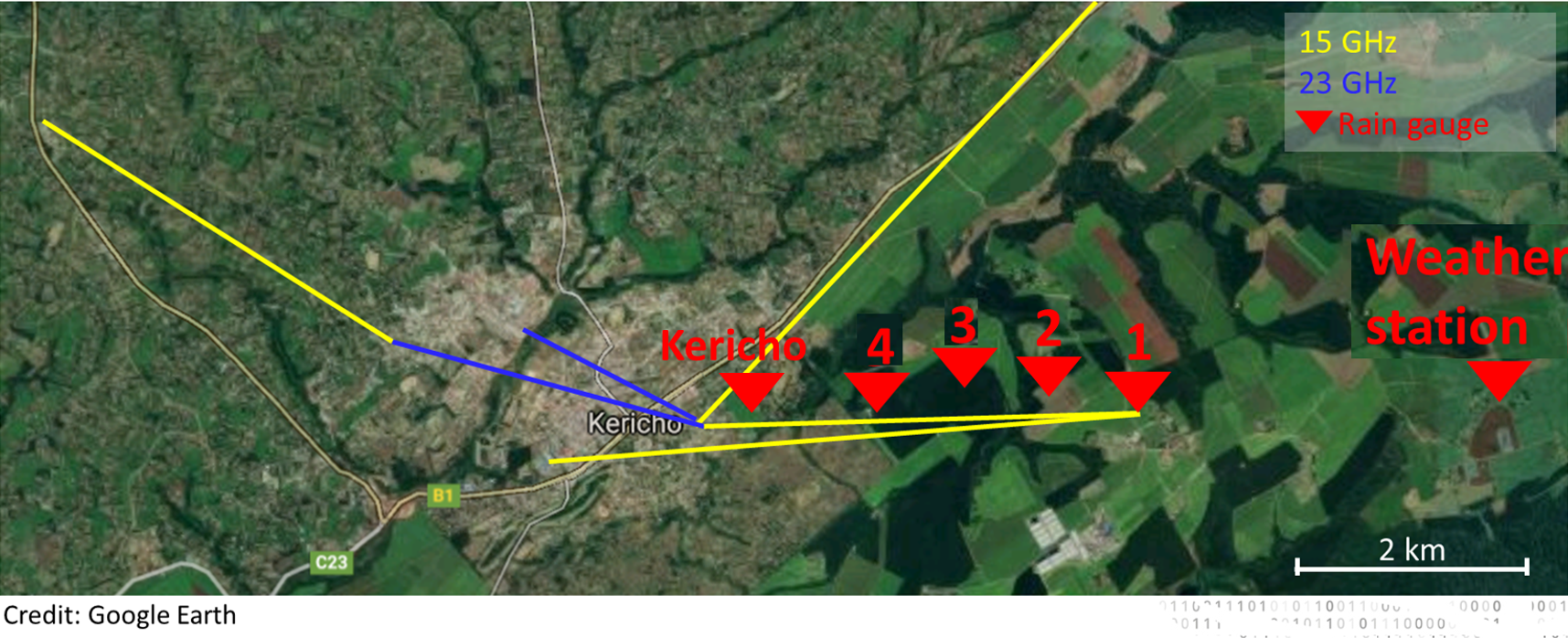Using commercial microwave links (CMLs) to estimate rainfalls
Kenya
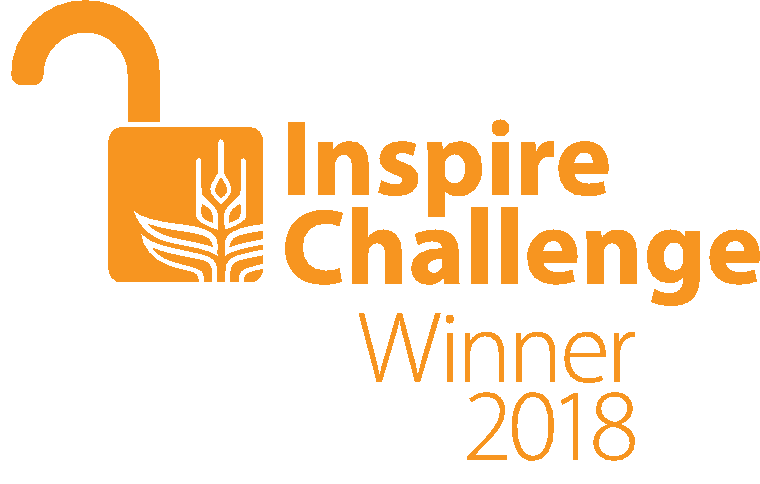
USD100,000
start-up grant

USD125,000
scale-up grant
Existing instruments available for monitoring rainfall—including rain gauges, radar, and satellites—all have limitations. For example, rain gauges provide a local observation that does not faithfully represent the measured region in its entirety. Satellite rainfall retrievals made from space may be inaccurate near ground level. Due to budgetary constraints, rain gauges and radar equipment are often sparingly deployed in developing countries.
This project uses commercial microwave links wireless connections between mobile phone towers—from different locations in the world, as an effective low-cost way to estimate rainfall.
How does it work?
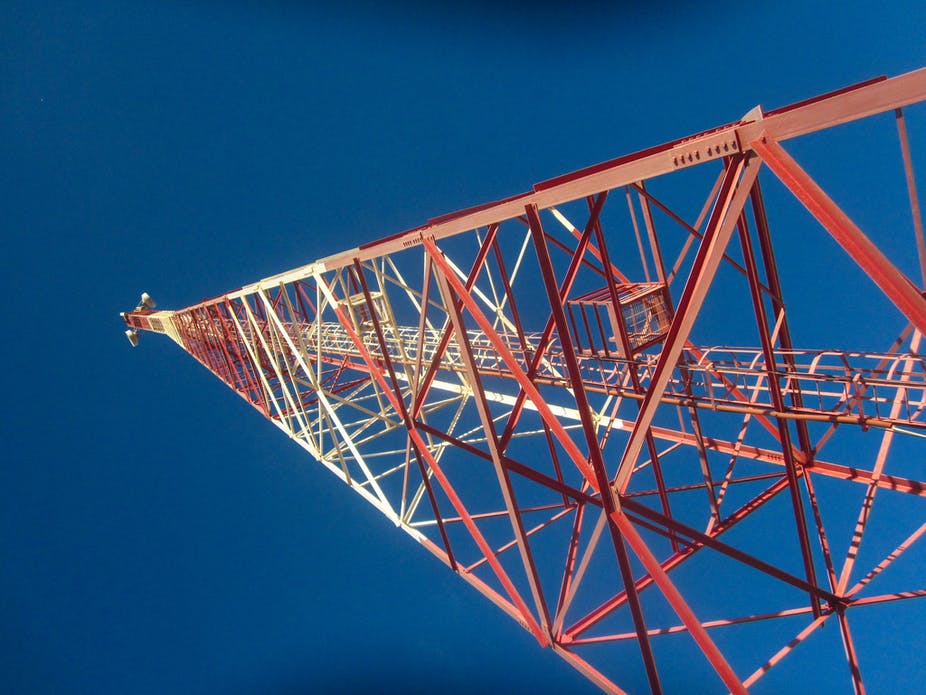
- Rainfall reduces the signal strength of radio beams between the transmitting and receiving towers. As a result, the team can estimate rainfall based on changes in the quality of the electromagnetic signals. The system can be configured so that signals between towers are recorded over short time periods, for instance, every 15 minutes, making it an accurate method for observing rainfall.
- Using existing insurance policies, the team simulates the reduction of basis risks using CML rainfall information under different scenarios. These scenarios will then be compared to basis risks that use satellite and weather station rainfall.
Early results
- Unprecedented use of CML technology is proving to be a sustainable, long-term solution for generating rainfall estimates in developing countries—a critical component for improving crop yield monitoring and designing better rainfall-based index insurance.
- The team’s peer-reviewed research has demonstrated the potential spatial advantage of using CMLs for monitoring rainfall, which is based on measurements in an agricultural area near Kericho, Kenya.
- The team authored a paper on the analysis of the CML and rain gauge data from Kericho that was accepted by the 16th International Conference on Environmental Science and Technology. The paper was presented at the Conference in Rhodes, Greece, 4-7 September 2019.
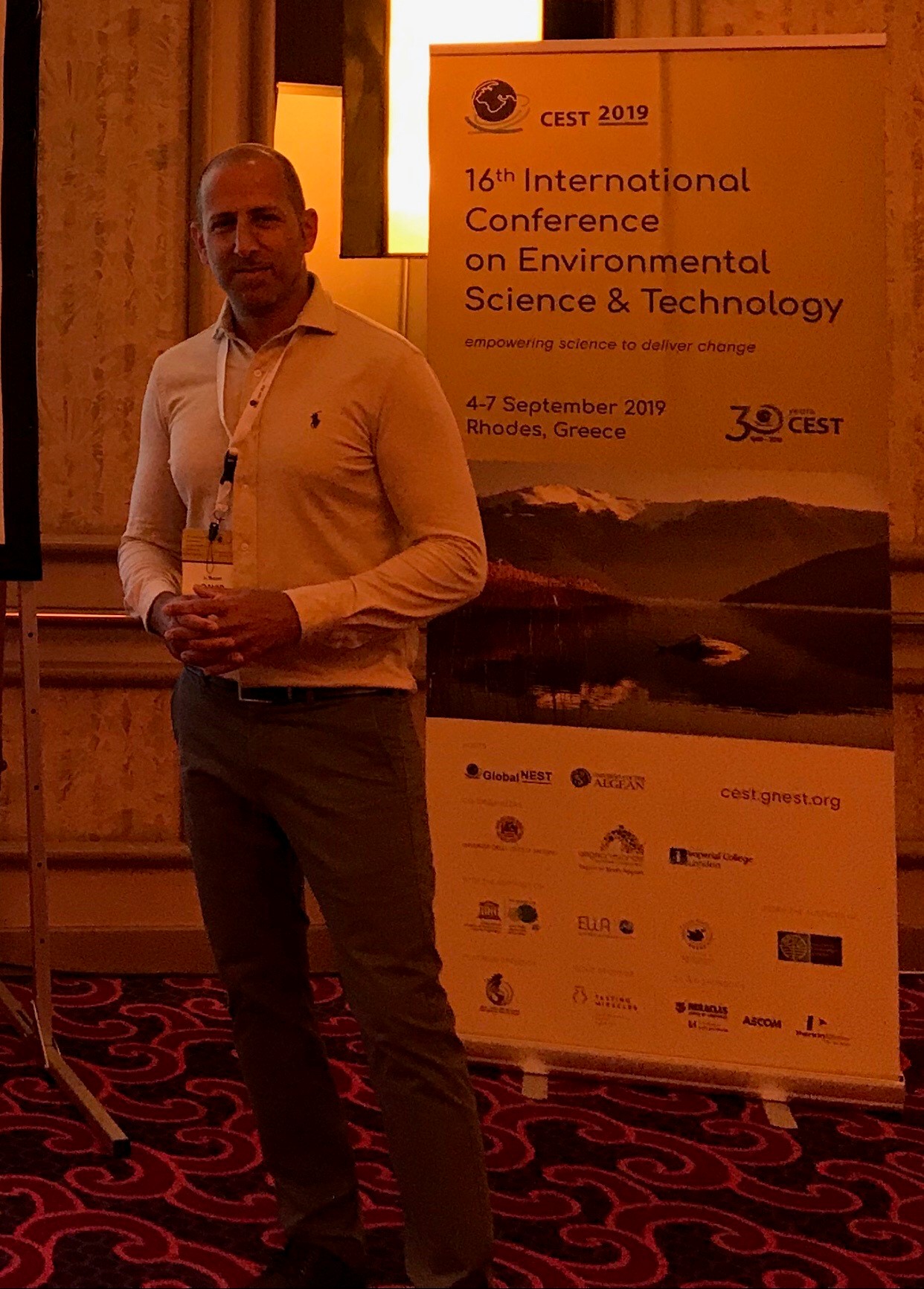
Project partners
